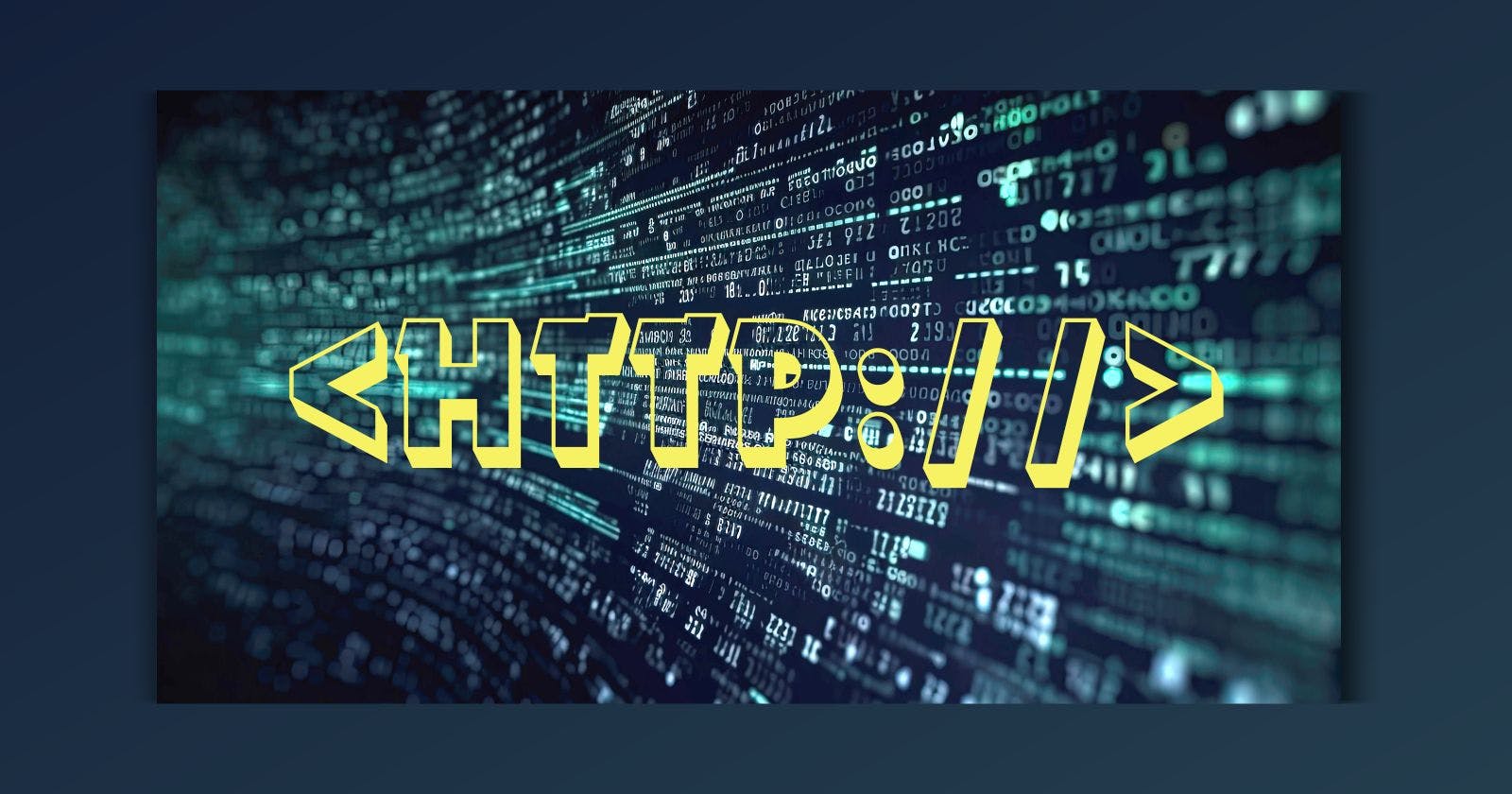Introduction
Imagine navigating a bustling city without street signs. That's essentially what browsing the internet would be like without HTTP status codes. These cryptic strings of numbers, often encountered after clicking a link or submitting a form, are the unsung heroes of the web, silently whispering vital information about the health and fate of our online interactions. Understanding their language reveals a hidden world of communication, empowering us to troubleshoot problems, optimize experiences, and ultimately navigate the digital landscape with confidence. So, buckle up, intrepid explorers, as we embark on a journey to decipher the untold tales of HTTP status codes!
Conquering the Green Paths (200s)
200 OK: The hero's victory cry! Your request reached its destination, and the server proudly delivers the desired data. It's the digital high five, confirming your quest was a success.
201 Created: Let's celebrate new beginnings! This code acknowledges the birth of your creations, be it a new profile, a blog post, or a song that captures your soul.
204 No Content: Mission accomplished, clutter obliterated! This silent applause confirms your deletion was successful, leaving behind a clean digital slate.
Navigating the Bumpy Road (400s)
400 Bad Request: Uh oh, a detour! This code politely nudges you back, pointing out a misstep in your request, like a forgotten field or a typo in the URL. Learn, refine, and conquer!
401 Unauthorized: Hold on, you're missing the passport! This code guards the VIP areas, reminding you that some websites require credentials to unlock their treasures.
403 Forbidden: No entry, even with credentials! This code acts like a stern bouncer, indicating you lack the necessary permissions to access certain content. Respect boundaries and explore alternative paths.
404 Not Found: The content vanished like a digital ghost! Don't fret, a well-crafted 404 can offer alternative routes, contact information, or even a cheeky joke to ease the disappointment.
When Servers Cry SOS (500s)
500 Internal Server Error: The server throws its digital hands up! This code signifies internal issues, but it's not your fault. Take a deep breath, wait patiently, and try again later.
502 Bad Gateway: Two servers lost in a digital forest! This code highlights communication breakdowns, like a phone call dropped due to bad reception. Be patient and try again soon.
503 Service Unavailable: The server needs a coffee break! This code politely asks you to come back later when the server has recharged and is ready to handle new requests.
The Friendly Navigators (300s)
301 Moved Permanently: New address, don't worry! This code acts like a helpful villager, guiding you to the content's new location, ensuring a smooth transition and avoiding broken links.
302 Found: A temporary detour, but still on the right track! This code directs you to the preferred, often updated version of the content, even if it still exists at the old address.
304 Not Modified: No need to reload, content's still fresh! This code saves bandwidth and time, ensuring a seamless browsing experience and letting you focus on the good stuff.
Conclusion
Our journey through the world of HTTP status codes has revealed a hidden language, a symphony of codes that guides, informs, and sometimes even warns us in our online adventures. By understanding these codes, we become empowered web citizens, equipped to troubleshoot issues, optimize experiences, and navigate the digital landscape with greater confidence. So the next time you encounter a seemingly cryptic code, remember, it's not just a random error message – it's a story waiting to be deciphered, a secret door to a deeper understanding of the complex and fascinating world of the web.
